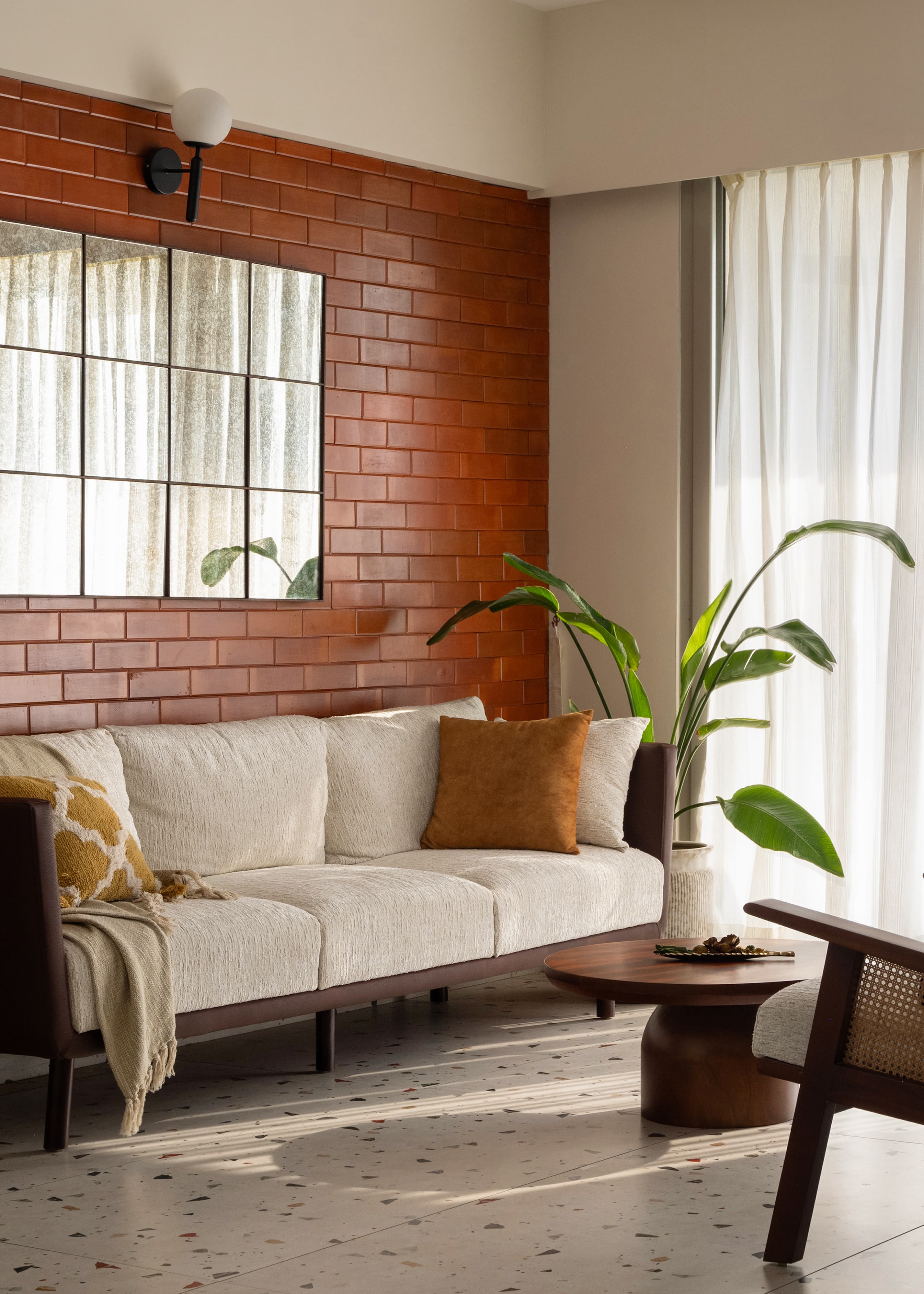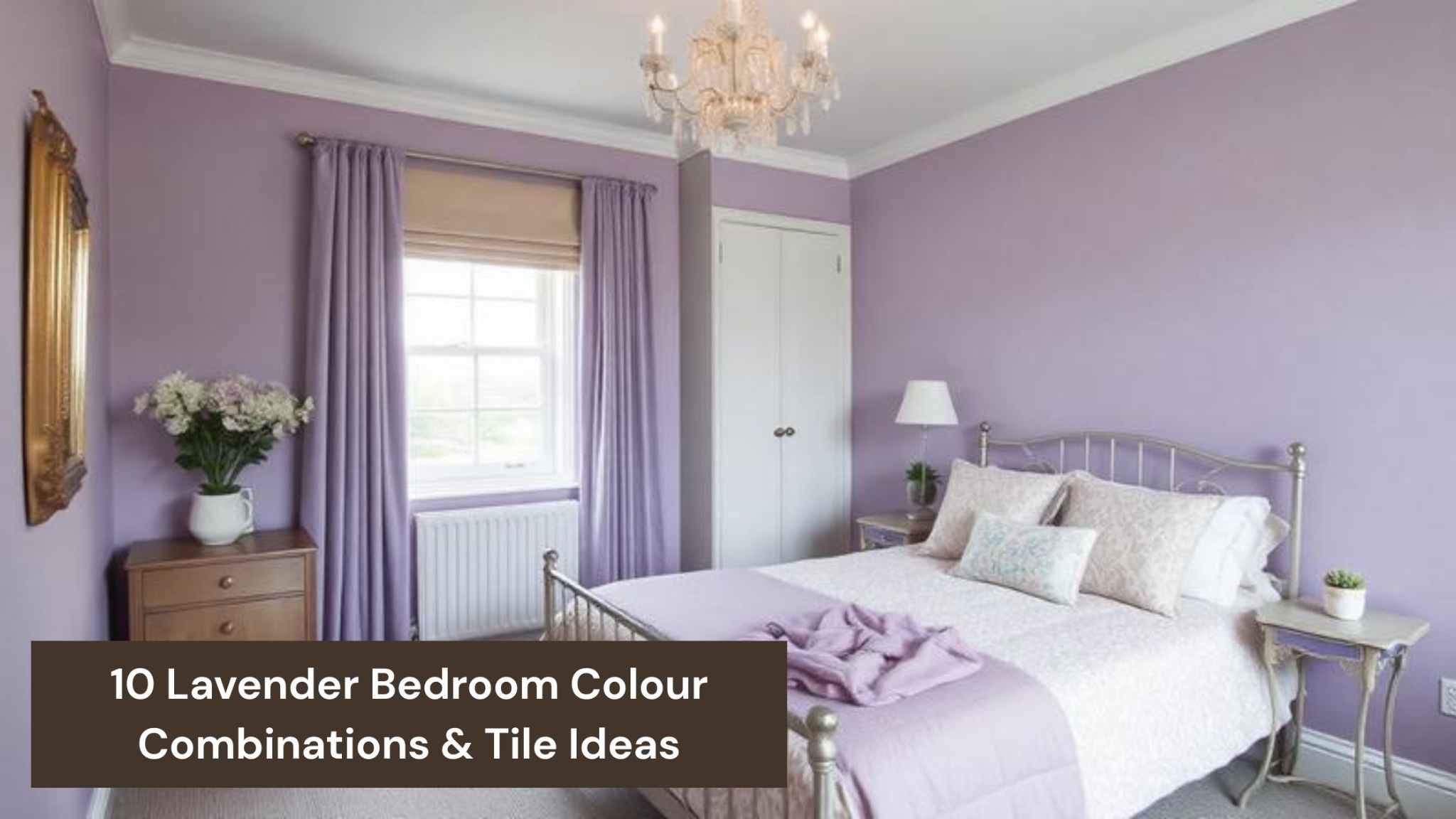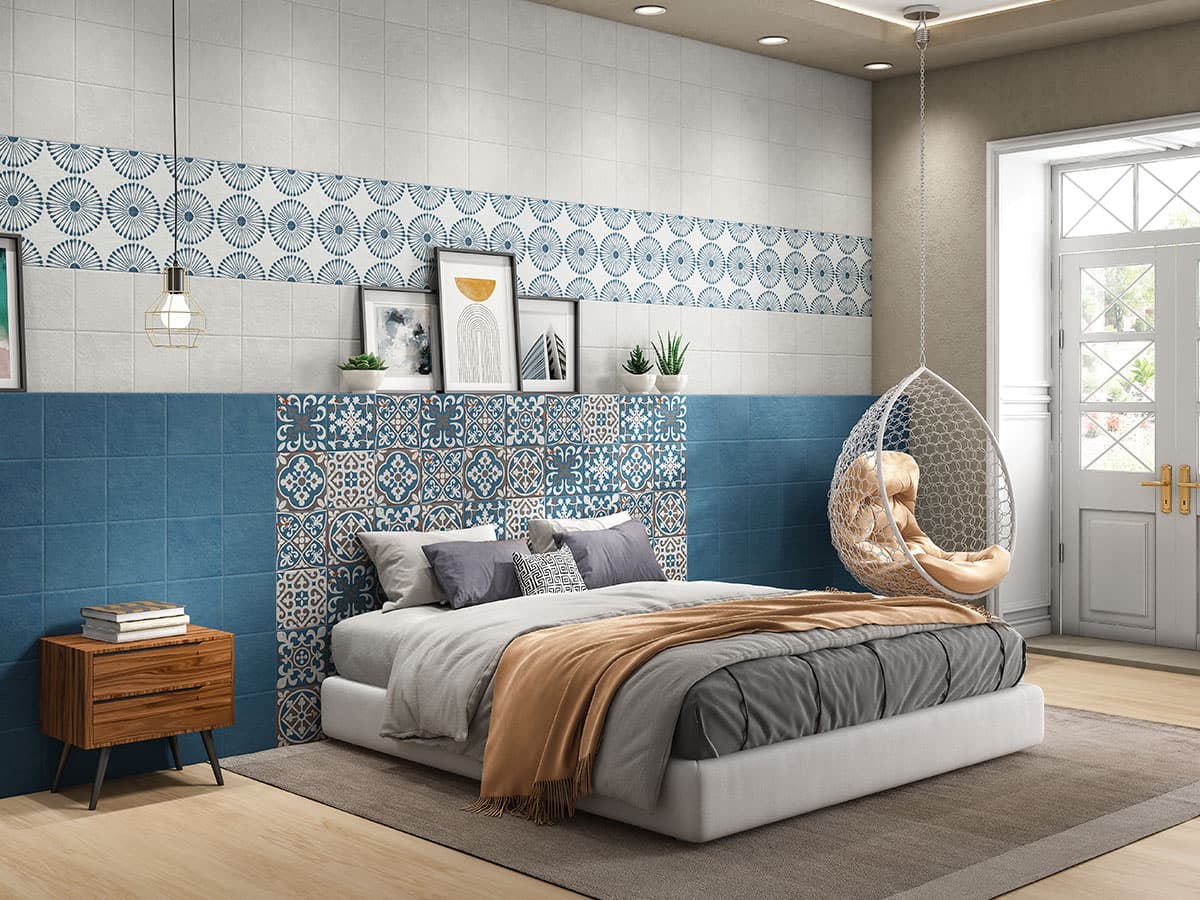Wall Clock Direction as Per Vastu: Ideal Placement & Colour Tips

Vastu Shastra is an ancient method of arranging our homes so that there's positive and good energy flowing. A wall clock may seem like a minor detail, but it stands for time, progress, and daily life. Here’s how wall clock direction as per Vastu can help create a peaceful energy in your home. We’ll explore how to place your clock, pick colours, and link it all with your decor.
Why Vastu Tips Are Important for Wall Clocks
Vastu Shastra links each object to directional energy. A misplaced wall clock might hint at delays or a restless mind. It can improve your sense of timing and calm in a suitable spot. Consider the tips mentioned in this blog as guidance, not rigid rules.
Ideal Directions for Your Wall Clock
The North is associated with prosperity. Many consider it the best spot for a clock. The East symbolises fresh starts, so it’s also good. Both keep energy forward-moving. The South wall is less popular; some say it slows progress. If that’s your only option, shift the clock slightly East.
Where to Hang a Wall Clock in the Living Room
Living rooms bustle with life. So, hang your clock on the North or East wall at a height that’s easy to read. Around seven feet often works. Make sure it matches your style and doesn’t look too small or large for the space. But simply placing a wall clock might not always work when you want it to also look aesthetic. Matching the surrounding wall tiles is an easy way to bring life to any room. At Simpolo Tiles and Bathware, we offer stylish, durable living room tiles. Our tiles handle high foot traffic yet stay classy. Neutral series like Alchimia or Basaltino can let a vibrant clock pop or pick earthy tones that support a refined, modern clock style.
Suggested Clock Colours as per Vastu
Each colour sparks certain feelings. For a North wall, silver or white implies clarity and blues or greens add a soothing touch. On the East, warm wooden or cream shades fit well. Simpolo Tiles and Bathware’s Venitto or Marmorica tiles can blend beautifully with these tones. A silver clock on a white tile looks bright, while a wood clock on a stone-like tile feels cosy.
Merging Vastu and Interior Style
Vastu doesn’t have to mean old-school design. You can choose minimal or vintage clocks. Just keep them in tune with your living room’s look. Whether you go for Altagloss or the rugged Glyphstone, the right clock frame and tile finish can work together to bring vision to any idea.
Height Matters
Don’t mount the clock too high or too close to the ceiling. Around seven feet is common, so it’s at a natural viewing angle. This matches Vastu’s idea that time should guide you gently. If you have a shelf or art piece below, leave a bit of space for balance.
Keeping Energy Flowing
Avoid cramped corners or doorways for your clock. It needs some breathing room. A sturdy hook ensures it stays straight. Don’t let it tilt or wobble. If you have other decor items, make sure the clock doesn’t get overshadowed.
What Fits Your Living Room Style?
If your room is mostly neutral, a simple clock in silver or white can blend in. If your living room bursts with colour, maybe go with a wooden frame or a bold colour to stand out. If you’re redoing floors or walls, think about how new tile patterns can highlight your clock. Simpolo Tiles and Bathware’s Basaltino or Marmorica lines can add a polished background.
Shapes and Patterns
Not all clocks need to be round. You can go with square, oval, or even abstract shapes. A round clock feels softer; rectangular clocks can look modern. Do note that Vastu does caution against sharp edges, though that’s more a suggestion than a rule. If you love a geometric clock, place it so it doesn’t create an odd or jarring visual line. Pick a shape that works with your decor’s flow.
Colour Tips for Your Clock
Neutral grey or cream is versatile, but you could try teal or mustard if that’s your style. Vastu favours softer colours over heavy reds or blacks. Simpolo Tiles and Bathware’s Courtyard or Glyphstone tiles have nature-inspired looks that pair well with calm clock frames. Or go metallic on a deeper backdrop if you like the contrast.
No Broken or Dead Clocks
A stopped clock indicates stuck energy. If it’s broken, fix it or remove it. In many traditions, a clock that doesn’t tick drags the room’s vibe down. Vastu sees a non-working clock as a sign of halted progress. Changing a battery frequently is suggested, and it maintains good energy flow.
Boosting Your Living Room with Simpolo Tiles
Your clock is only one piece of the puzzle. A room’s overall design also impacts how you feel. A clock on a tiled wall can look sleek. If you’re refreshing your living room, Simpolo Tiles and Bathware offers a broad tile range from rustic stone to polished gloss finishes.
They make durability a priority. Living rooms see a lot of foot traffic, so you want something that won’t crack or fade. Collections like Alchimia or Basaltino have earthy, natural tones. If you want a shine, Altagloss might catch your eye. A stylish clock on that reflective tile can brighten the room.
Conclusion
A wall clock does more than tell time. It sets a tone and energy in your home. Vastu suggests placing it on the North or East wall, picking colours that suit those directions, and keeping it in good shape. This small step can uplift your living room’s look and vibe.
Don’t view Vastu as a burden. Wall clock direction as per Vastu is just a helpful guide. Place your clock where you can see it without straining. Keep it clean. Pick a design that feels right.
If you’re rethinking your walls or floors, explore Simpolo Tiles and Bathware’s collection. From subtle earthy hues to glossy finishes, we have a tile for every taste. Some planning and creativity can go a long way.
FAQs
- Is it okay to have a wall clock in the bedroom, too?
Yes. Just don’t put it directly above where you sleep or somewhere you stare at it all night. A calm wooden frame helps you relax. It stays functional without being a distraction.
- How often should I service my wall clock?
Check the battery monthly. Wipe off dust so you can read it easily. If it stops working, repair it soon or store it away. A broken clock may dampen the energy.
- Can I put a huge clock on a small wall?
Yes, if it fits the space. Balance is key. A large clock becomes a focal point, so keep other decor minimal. And hang it at a natural eye level.
- Are certain clock shapes more Vastu-friendly?
Round or oval shapes are seen as softer. Squares or rectangles are fine. Sharp edges can look aggressive in some designs. But it’s more about your comfort and overall style.
- How do I handle a South-facing wall if that’s my only choice?
Shift the clock slightly east if possible. Pick a bright or metallic frame to lighten the mood. Keep it running, and don’t fret too much about direction.







